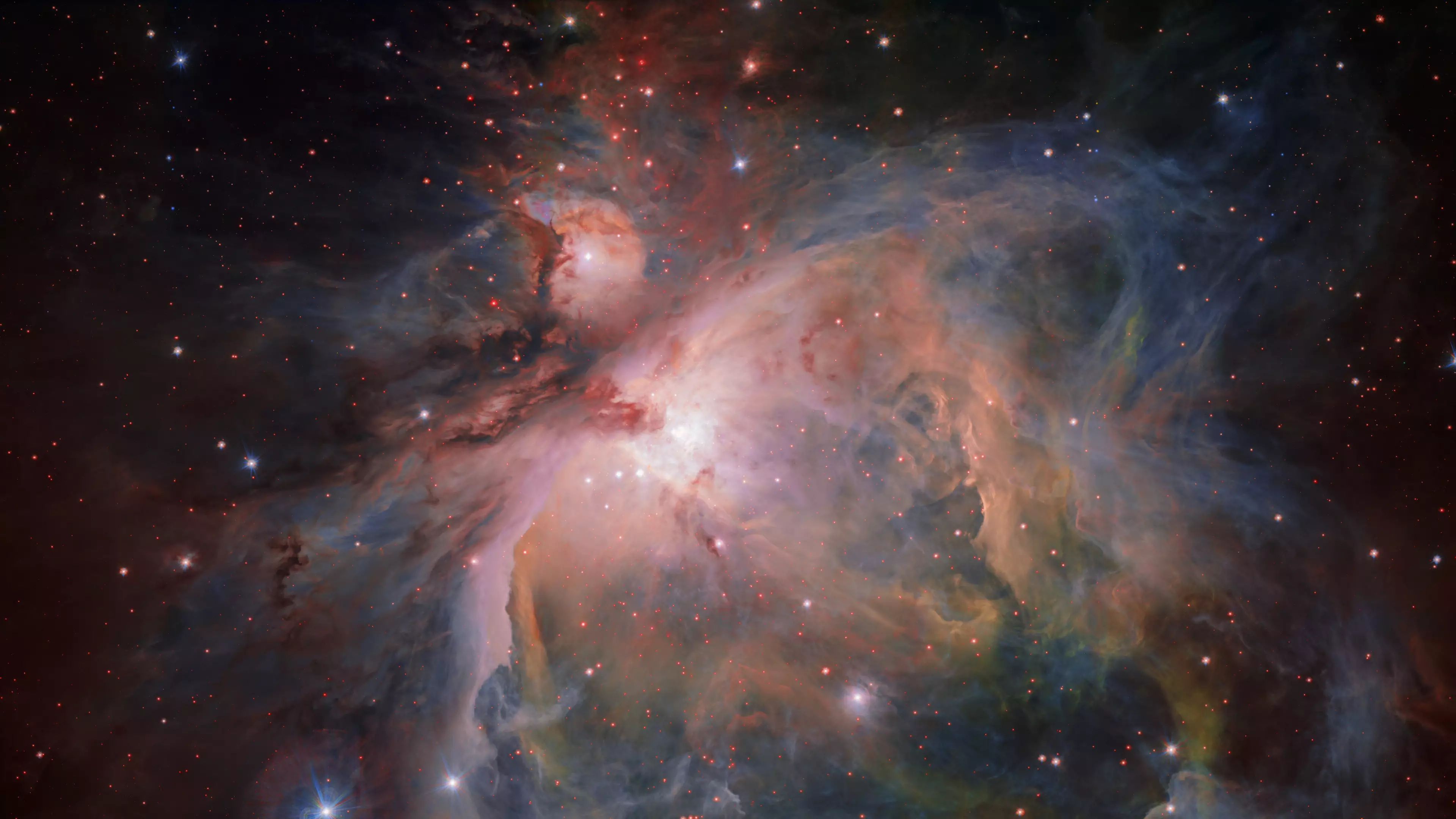
Scientists have captured some amazing shots of a planet being born in space for the first time ever.
Until now, it had proven impossible to capture the birth of a planet as it is usually obscured by dust, but now they've finally managed to get shots of a planet breaking out of a 'disc' from which it is formed.
Astronomers from the Max Planck Institute for Astronomy used a very large telescope in the Atacama Desert in Chile called the Very Large Telescope (honestly) provided by the European Southern Observatory - the European Space Agency's base in the Southern Hemisphere.
This discovery, scientists hope, will give us a brand new view on how planets are actually formed, and develop our understanding of the process.

So - and bear with me here - the young planet, which has been given the catchy title PDS 70b, was captured tearing out of the planet forming materials that were swirling around it. If you look at the photographs you can just about see it as a bright light to the side of the black centre of the shot.
It's about as far away from its sun as Uranus is from ours. That's about three billion kilometres away. So, a bloody long way.
The black spot in the centre, in case you were wondering, is because the telescope folks were using a coronagraph - a fancy bit of kit that blocks out light from the nearest sun so we can get a better look at what's going on around it.
That meant that the boffins could get a much clearer look at the never-before-seen stuff that was happening without the light of the nearby star obscuring it.
Miriam Kessler, who headed up the group that found this amazing event, told the Independent: "These discs around young stars are the birthplaces of planets, but so far only a handful of observations have detected hints of baby planets in them.
"The problem is that until now, most of these planet candidates could just have been features in the disc."

Because this is the first time we've seen this, it is even more important as it means that we can use PDS 70b as a yardstick against which to measure any further instances.
Andre Muller, who is part of the secondary team to check out the phenomena, told the Independent: "Keppler's results give us a new window onto the complex and poorly-understood early stages of planetary evolution,
"We needed to observe a planet in a young star's disc to really understand the processes behind planet formation."
Advert
Get all that? Didn't think so. Confused? You should be.
We can only assume that he's using the word 'understand' in a way that means they will, so that us mere mortals don't have to.
Featured Image Credit: PA